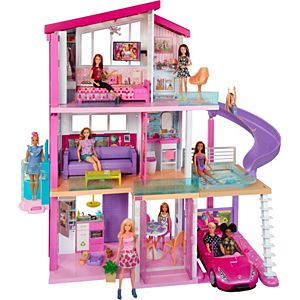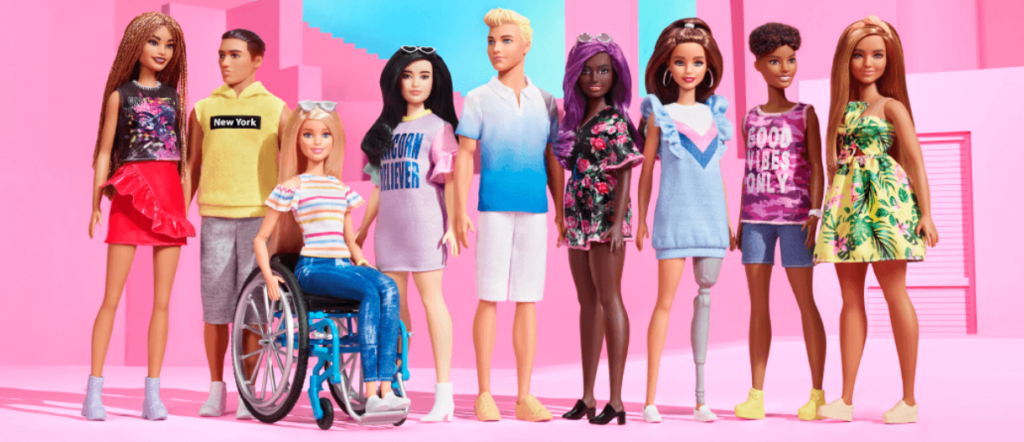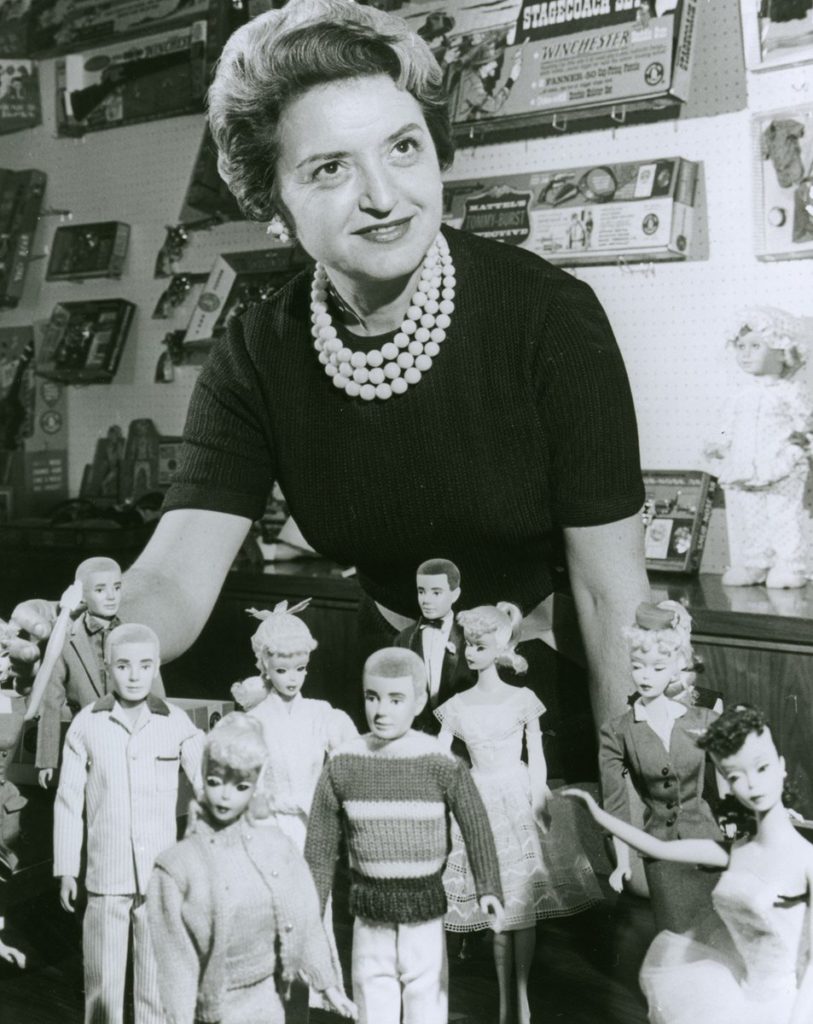
I’ve spent a great deal of time over the past decade or so, meeting with radio broadcasters about one of the greatest challenges the industry has ever faced:
Digital transformation
The companies are all different, of course, but the conversations tend to be similar. Radio executives are always looking for “best practices.”
The question, “So, who’s doing it right?” is frequently asked.
It’s easy to point to The New York Times or Washington Post – two iconic newspapers that have done more than just turn the digital corner. They could write the book about how to morph an old-line media outlet into a digital content machine.
With The Times, it has been about podcasting, subscriptions and mobile, while making their product available everywhere.
For The Post, they have bolstered their reporting army with digital journalists, capitalized on subscriptions and digital reach, increased the speed of their mobile site, while experimenting with distribution platforms that include Twitch.
It is easy to dismiss both examples as extraordinary and even anomalous. And as you’ll be quick to remind me, The Post has Jeff Bezos’ checkbook to finance their strategic plan, escapades, experiments, and even follies.
But when I read a recent story in The Drum about one of the most traditional brands in history pulling off the big turn to digital, it got my attention.
Consider this – the web publication just held its “Digital Transformation Festival” where brands learn from one another. It’s about sharing innovative ways to “make the turn” from venerable companies and products that are pulling it off.
And one of the great stories is Barbie, Mattel’s doll juggernaut that’s been with us since 1959. Developed by Ruth Handler and named after her daughter, Barbie has been the gift that keeps on giving – spinoffs from Ken (who just turned 60 but apparently has no interest in retiring), Chelsea, and other characters, accessories and add-ons keep kids (and parents) coming back for more.
But things are different now, and the ways in which children interact with toys – and technology – aren’t the same as they were when J.F.K. was in the White House.
 So, The Drum featured Barbie’s head of marketing, Lisa McKnight (pictured left) at their event. In an interview with Rebecca Stewart, Lisa laid out 8 keys to Barbie’s digital transformation, all of which have applications to another traditional business that has been around even longer – radio.
So, The Drum featured Barbie’s head of marketing, Lisa McKnight (pictured left) at their event. In an interview with Rebecca Stewart, Lisa laid out 8 keys to Barbie’s digital transformation, all of which have applications to another traditional business that has been around even longer – radio.
It turns out Barbie had a strong 2020, posting sales gains of 9%. That stands to reason, as so many children were stuck at home. But had the Barbie team not adjusted and audibled during the year to compensate for changes wrought by the pandemic, their success might have been diminished.
Here are the many ways McKnight’s team used their metrics, their research, their knowledge of their product and its audience groups to leverage the brand’s success – while moving its digital transformation along:
- They minded their metrics – Over the summer, with events being cancelled, Mattel noticed the sales of pricey Barbie’s “Dreamhouse” (as high as $199) were heading up. Because it’s expensive, this is typically a toy that does well over Christmas. But parents started compensating for the loss of summer camp, vacations, and even birthdays, making up these losses with “Dreamhouse.” Mattel responded with a marketing

Drawing: Mattel campaign for the product, and leaned into the trend to buy pricier toys.
- They freshened it up – “Dreamhouse” has been around for nearly six decades. But it’s important to add features to keep things interesting for kids (and radio listeners). “Dreamhouse” now includes Barbie’s home office, an elevator, and a pool on the second story.
- They recognized the e-commerce opportunity – We saw this megatrend popping in our three COVID studies. Online sales of all Barbie products exploded in 2020. Near the end of the year, they were selling a new “Dreamhouse” online every 60 seconds. McKnight acknowledged expanding and bolstering e-commerce with partners like Amazon, other retailers, and third-party sellers, especially during the pandemic when in-store traffic ground to a halt.
- They’ve made diversity part of the Barbie model – Barbie has been around so long because she’s changed with the times. And that includes expanding the product line through the lenses of race, disabilities, and even gender. As America and the world have changed, Barbie has, too.

Photo: Mattell - Today’s kids are digital natives, so Barbie’s marketing adapted – McKnight’s team recognized that thanks to lockdowns and tele-learning, children were spending even more time in front of screens. Mattel shifted its marketing away from television, while moving to the digital ad space big-time.
- Barbie grew its educational resources – For all these reasons, Barbie expanded its content to mashup education and recreation, working with YouTube, as well as Instagram and Facebook. Barbie “TikTok Challenges” cannot be far behind.
- Barbie’s DNA is aspirational – Ruth Handler’s simple message has come alive in recent years: “My whole philosophy of Barbie was that, through the doll, the little girl could be anything she wanted to be. Barbie always represented the fact that a woman had choices.” In 1959, that was forward-thinking. In 2021, it is in-sync with our modern-day mindset.
 Barbie’s gone virtual – Pre-pandemic, the brand was set to present a “You Can Be Anything” festival in L.A. Instead, McKnight’s team is now looking at virtual events as a way to move some of this content into the online space. They may come to find out they reach a larger audience of children (and parents) with online events.
Barbie’s gone virtual – Pre-pandemic, the brand was set to present a “You Can Be Anything” festival in L.A. Instead, McKnight’s team is now looking at virtual events as a way to move some of this content into the online space. They may come to find out they reach a larger audience of children (and parents) with online events.
Barbie’s success starts with a legacy brand that has performed well over time. But it’s more than that. How many products – especially aimed at kids – have come and gone over the years?
Like radio stations built to last, McKnight’s marketers have doubled down on their own data, researched their target audience, experimented with new concepts, and adapted to the most disruptive event in the product’s history.
They have also been true to their original principles and purpose, as evidenced by Ruth Handler’s continued influence on the product, as well as her online presence on the Barbie website.
online presence on the Barbie website.
There are great lessons here for radio stations willing to lean into a changing landscape. My hope is our three waves of COVID research in 2020 helped radio operators achieve some of the same goals.
Today, I’m presenting the top-line findings of “Techsurvey 2021: The Year of COVID” to our 400+ stakeholder radio stations.
Next month, you’ll have a chance to see the results at Joel Denver’s AllAccess Audio Summit.
It’s the same kind of data that helped guide Mattel and its venerable Barbie brand to not just pull off its digital transformation but to also evolve its brand and guide change. And isn’t that the key?
By the way, has anyone heard about Ken’s new startup?
- Media And Technology In 2025: Believe It Or Not! - April 18, 2025
- In Radio, You Just Never Know - April 17, 2025
- The Secret To Making A Great Podcast (And Great Radio) - April 16, 2025




The new Barbie cast is so complete, it even comes with a radio consultant!
https://bit.ly/3m6rweR
Probably not a good success strategy.